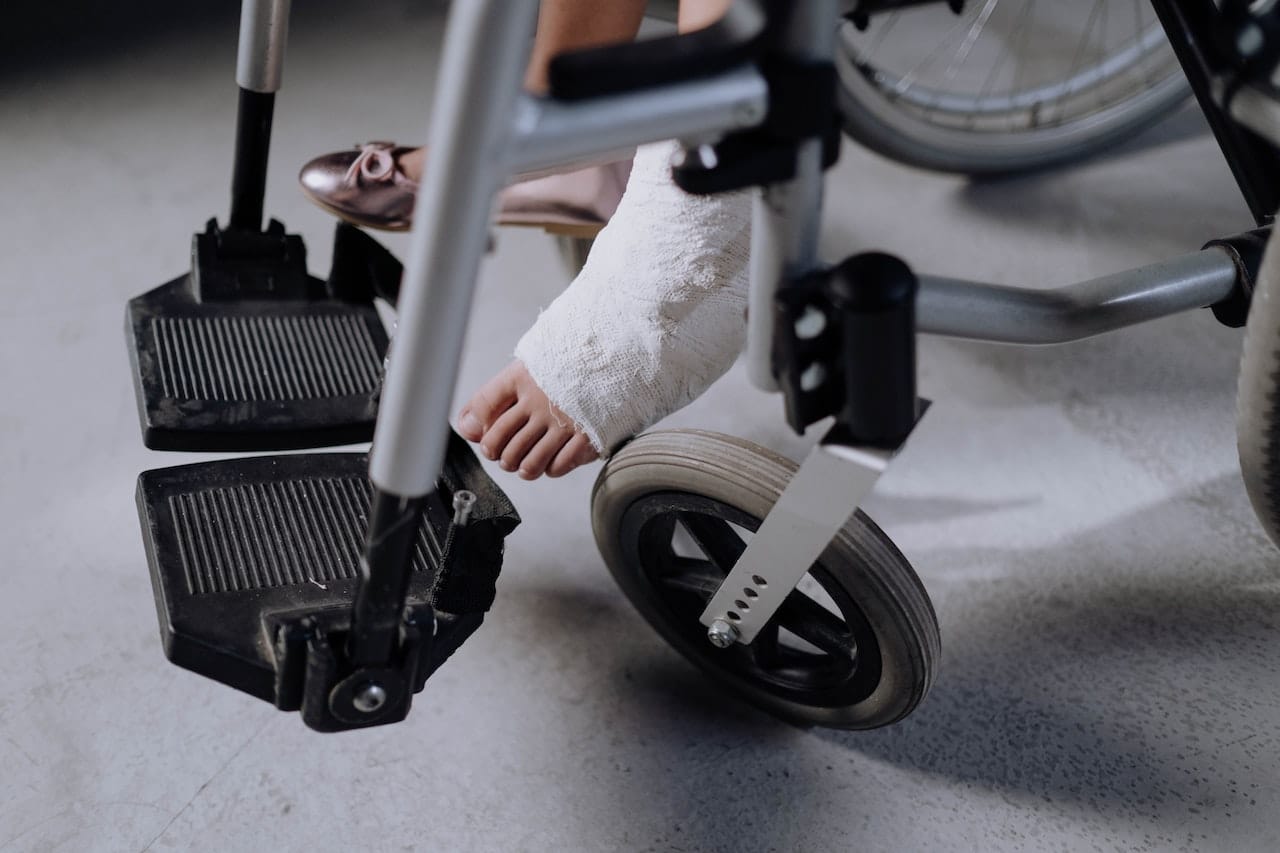You may be entitled to compensation if you have been injured and someone else is legally to blame. Whether through a slip and fall, a motor vehicle accident, or as a result of medical malpractice, you may need monetary compensation in order to recover.
As we have mentioned in a previous post, courts can award damages under different categories designed to compensate for different things. This includes general or non-pecuniary damages that compensate the injured plaintiff for pain and suffering and the loss of enjoyment of life that has been caused by their injuries.
This article looks at some principles that apply to calculating non-pecuniary damages. As always, to determine whether you will likely qualify for compensation following an injury, please seek early advice from an experienced personal injury lawyer.
What is the difference between pecuniary and non-pecuniary damages?
Following a finding (or an admission) that the defendant engaged in negligent conduct which caused personal injury, the court will assess the amount of damages to which the injured plaintiff is entitled. The payment of this compensation is designed to place the plaintiff in the position they would have otherwise been in had the defendant’s negligence not taken place.
To do this, the plaintiff may claim different damage categories (or heads). Common heads of damage include various types of pecuniary damages, which can be measured in monetary terms and quantified. These include:
- Claims for income lost (both past and future earning capacity) because of the injury.
- The costs of future care in the form of ongoing medical treatment.
- Loss of housekeeping services if the injuries prevent the completion of household chores etc.
On the other hand, non-pecuniary damages are not capable of precise calculation. They are awarded to compensate the person for pain, suffering, and loss of enjoyment of life.
What sort of things do non-pecuniary damages compensate for?
Non-pecuniary damages are awarded to an injured plaintiff to compensate for various types of intangible losses, such as:
- Loss of amenities – the impact of the injury on the plaintiff’s ability to complete activities.
- Loss of expectation of life – loss caused by the injury’s reduction in life expectancy.
- Pain and suffering caused by the injury.
These types of losses cannot be quantified monetarily. As the Supreme Court of Canada said in the important 1978 case of Andrews v Grand & Toy Alberta Ltd. (Andrews):
“There is no medium of exchange for happiness. There is no market for expectation of life. The monetary evaluation of non-pecuniary losses is a philosophical and policy exercise more than a legal or logical one.”
How is the amount of non-pecuniary damages calculated?
For this reason, it has been difficult for courts to calculate an award of damages for non-pecuniary loss. To some extent, the award is a substitute for the lost intangibles set out above.
The Supreme Court said in Andrews that a “functional” approach must be taken to assess the amount of non-pecuniary damages. This involves:
“rather than attempting to set a value on lost happiness, it attempts to assess the compensation required to provide the injured person “with reasonable solace for his misfortune.” “Solace” in this sense is taken to mean physical arrangements which can make his life more endurable.”
What does this mean in practice? Non-pecuniary damages are assessed on an individual basis, considering all the relevant factors. The parties will suggest appropriate ranges by looking at case law where similar injuries and circumstances were before the courts. It is normally awarded as a lump sum.
The same injury may not result in the same amount of compensation for differently situated plaintiffs. Consider the often-used hypothetical example of the amateur pianist who suffers a hand injury – they would suffer a greater loss of amenities than the regular person, potentially resulting in a larger award of non-pecuniary damages.
Finally, the courts have said that the amount of non-pecuniary damages should not change greatly depending on the part of Canada in which the plaintiff resides.
Is there a cap on the amount of non-pecuniary damages?
Yes, there are national and provincial limits on the amount of non-pecuniary damages payable in personal injury cases.
Canada-wide cap on non-pecuniary damages for personal injury
The Supreme Court decided in Andrews that moderation was required when deciding on the amount of non-pecuniary damages because “extravagant claims” were possible because there is no objective way to determine a monetary value.
In that case, the plaintiff was a young person who became quadriplegic following a motor vehicle accident. The Court said it was such a case that it could establish an upper parameter on the amount of non-pecuniary damages because it was difficult to conceive of a person losing more than the plaintiff had lost. The Court decided that the upper limit of awards for non-pecuniary loss was $100,000.
Over the years, the courts have followed this rule in most types of personal injury cases. However, the amount has been adjusted for inflation and currently stands at slightly over $400,000.
Alberta cap on non-pecuniary damages for minor motor vehicle accident injuries
Some jurisdictions have implemented statutory caps on non-pecuniary damages. In Alberta, such a cap applies to “minor injuries” sustained as a result of motor vehicle accidents by operation of the Minor Injury Regulation. This cap is also adjusted for inflation and is about $5,800 for accidents occurring in 2023.
Contact Calgary Personal Injury Lawyers at Cuming & Gillespie LLP for Advice on Personal Injury Claims
If your life has been impacted following an injury, you could be entitled to non-pecuniary damages or other types of compensation. Contact the personal injury lawyers at Cuming & Gillespie LLP in Calgary to discuss the circumstances surrounding your injury and the options for proceeding. Call us today at 403-571-0555 or contact us online to book an appointment for a confidential consultation.

